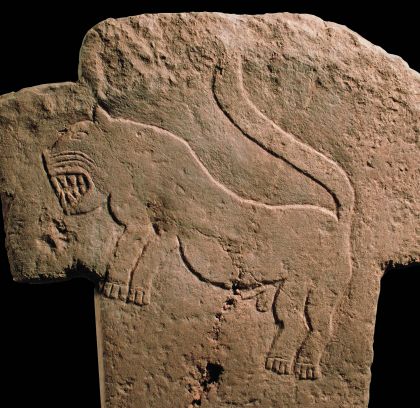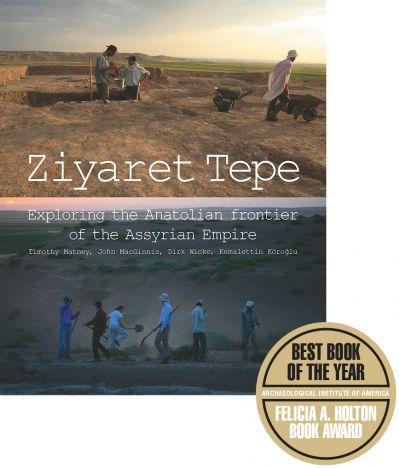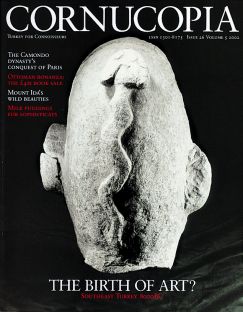Lecture by Lee Clare, research lecturer at the Orient Department of German Archaeological Institute (DAI) and coordinator of research and fieldwork at Göbekli Tepe.
Göbekli Tepe lies some 15 km east of the city of Şanlıurfa in the Germuş mountain range. This prehistoric site, which is dated to between 9,500 and 8,000 BC, is meanwhile regarded as home to the earliest megalithic monuments in the world. Some 6,000 years older than Stonehenge in the UK, the monumental buildings in Göbekli Tepe were constructed of limestone and feature large monolithic T-shaped stone pillars, some of which carry breath-taking imagery, including carved depictions of wild animals. Göbekli Tepe was constructed by human group(s) during a period commonly referred to as the Early Neolothic when humans made the transition from hunting and gathering to farming, a process also known as Neolithisation. Remarkably, Southeast Turkey is a recognized centre of early Neolithisation. The fact that Göbekli Tepe was erected here at this time makes it especially important for archaeologists. Its carved imagery, in particular, provides us with unprecedented insights into the beliefs of the last hunter-gatherer populations to have lived in Şanlıurfa some 11,000 years ago. Following an introduction to the site and its imagery, we will discuss the outstanding universal value of Göbekli Tepe, asking who built Göbekli Tepe and why.



 Issue 66, December 2023
Turkey’s Centenary Issue
Issue 66, December 2023
Turkey’s Centenary Issue